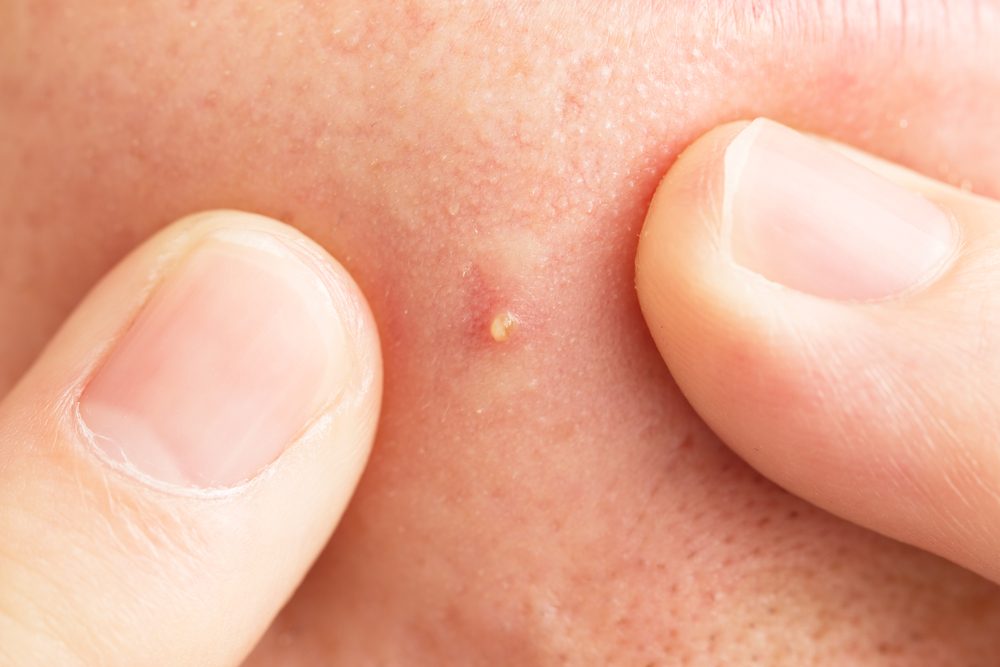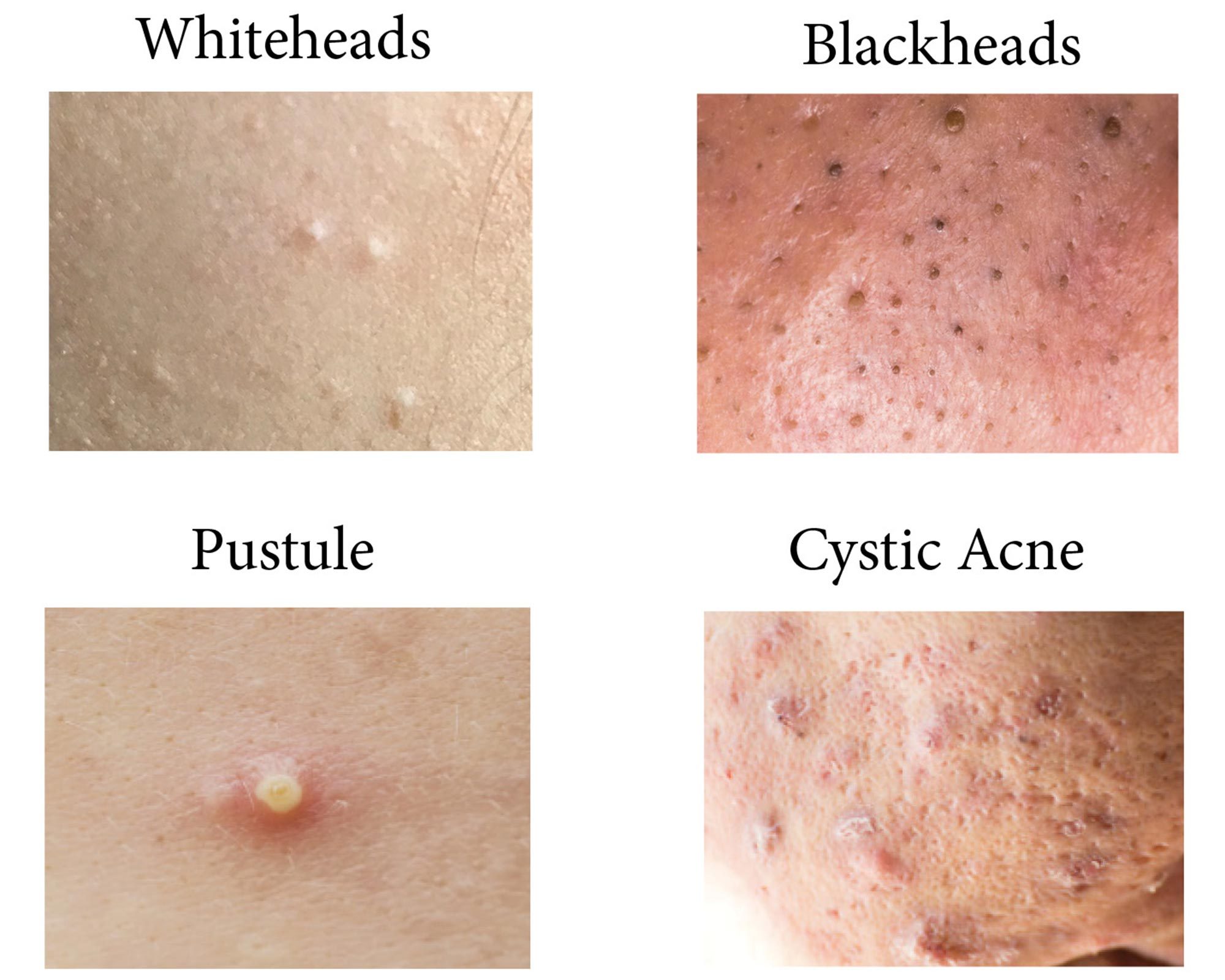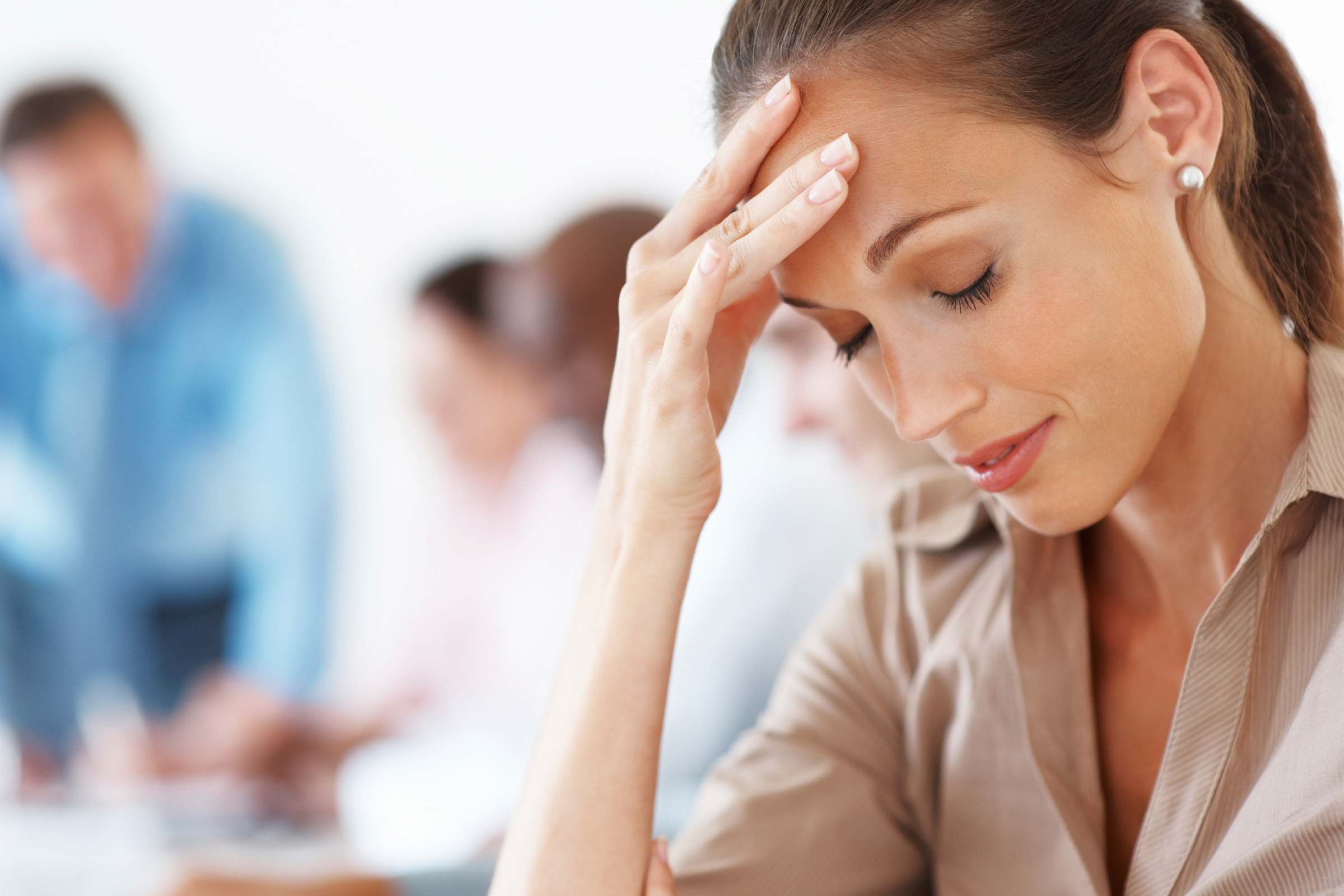
Let me preface this by saying that I’ve never really had that bad of skin. In fact, my skin was pretty clear most of my life all throughout puberty, middle school, high school, and even college. Sure, I’d get an occasional pimple, especially around my period, but never had to deal with the daily struggles of acne. Unfortunately, all of this changed when I turned 22 and graduated from college.
My mom, who owns a medical spa, taught me the importance of a good skin-care regimen. She initially attributed the painful cystic acne popping up around my chin, mouth, and jawline to environmental stresses associated with moving across the country and starting a new job. My gynecologist agreed and put me on a low-dose birth control pill to help stabilize my hormone levels. And yet, hormones aren’t the only reason why you’re breaking out.
While, the birth control pills certainly did help—I was experiencing fewer breakouts—it didn’t clear up my cystic acne entirely. I was left feeling embarrassed and defeated. I went from rarely ever wearing makeup to applying heavy foundation before leaving the house. I was also frustrated and confused because I took really good care of my skin. I washed my face morning and night, and applied my serums, moisturizers, and sunscreen religiously. But my acne remained.
My mom encouraged me to see a dermatologist in my new home to discuss oral antibiotics for my breakouts. A few weeks later, I saw Maryann Mikhail, MD, of Spring Street Dermatology in New York City. Dr. Mikhail looked at my skin under a giant magnifying class and explained to me that I was definitely experiencing hormonal acne as my pimples were located in the “beard area.” She prescribed me 20mg of spironolactone to be taken twice a day, along with a very simple skin-care regimen of a gentle cleanser followed by moisturizer morning and night and SPF in the morning. I stopped using all my serums, retinoid, and face masks completely.
A medication that’s been around since the 1950s, spironolactone is FDA-approved to treat high blood pressure, but dermatologists have been prescribing the medication for over two decades to treat adult hormonal acne.
“Spironolactone is an androgen blocker,” says Dr. Mikhail. “We know that women with hormonal acne either have too much androgen or are too sensitive to androgens, so blocking the androgens from hitting the skin clears the breakouts.”
While, spironolactone isn’t FDA-approved to treat hormonal acne, research proves it effective. A quick Google search will give you dozens of University studies that show how it’s cleared up hormonal acne for thousands of women. But that’s not the only way to treat acne, there many ways to treat every different type of acne.
“Good candidates for spironolactone are women who present with cyclical breakouts on the lower face (+/- chest and back) and who are not planning pregnancy,” says Dr. Mikhail. “Also, it is helpful for women whose acne returns after a course of antibiotics or Accutane. It is also helpful in controlling acne associated with PCOS.”

In just one week of taking the medication, I saw significant improvement. The cystic acne bumps that I had along my jawline began to disappear and no new pimples popped up. At about three weeks, my cystic acne cleared up almost entirely. I recently saw Dr. Mikhail for my follow-up, and he was very pleased at how fast my skin responded. I’ve been on the medication for a month now, and my skin is the best it’s been in about four years. My cystic acne has cleared up completely. If your acne still isn’t clearing up, find out what the acne on every part of your body is trying to tell you.
The post How I Cured My Cystic Acne in 3 Weeks appeared first on Reader's Digest.
from Reader's Digest http://bit.ly/2CXcShZ
How I Cured My Cystic Acne in 3 Weeks Reader's Digest

 Whiteheads or blackheads are small, pin-sized acne bumps that look liked clogged pores. Meanwhile, big, red, swollen, or tender bumps are pimples. Many people call pimples whiteheads when they aren’t, says
Whiteheads or blackheads are small, pin-sized acne bumps that look liked clogged pores. Meanwhile, big, red, swollen, or tender bumps are pimples. Many people call pimples whiteheads when they aren’t, says 





 Doctors believe the blood clot moved through the hole in Schroeder’s heart and landed in her artery, blocking blood flow. “I was in the hospital for three days and then sent to cardiac rehabilitation. Before they released me, they told me I could no longer play contact sports- which meant no soccer. I had just lost my mom, and now I was losing my other love in life.”
Doctors believe the blood clot moved through the hole in Schroeder’s heart and landed in her artery, blocking blood flow. “I was in the hospital for three days and then sent to cardiac rehabilitation. Before they released me, they told me I could no longer play contact sports- which meant no soccer. I had just lost my mom, and now I was losing my other love in life.”